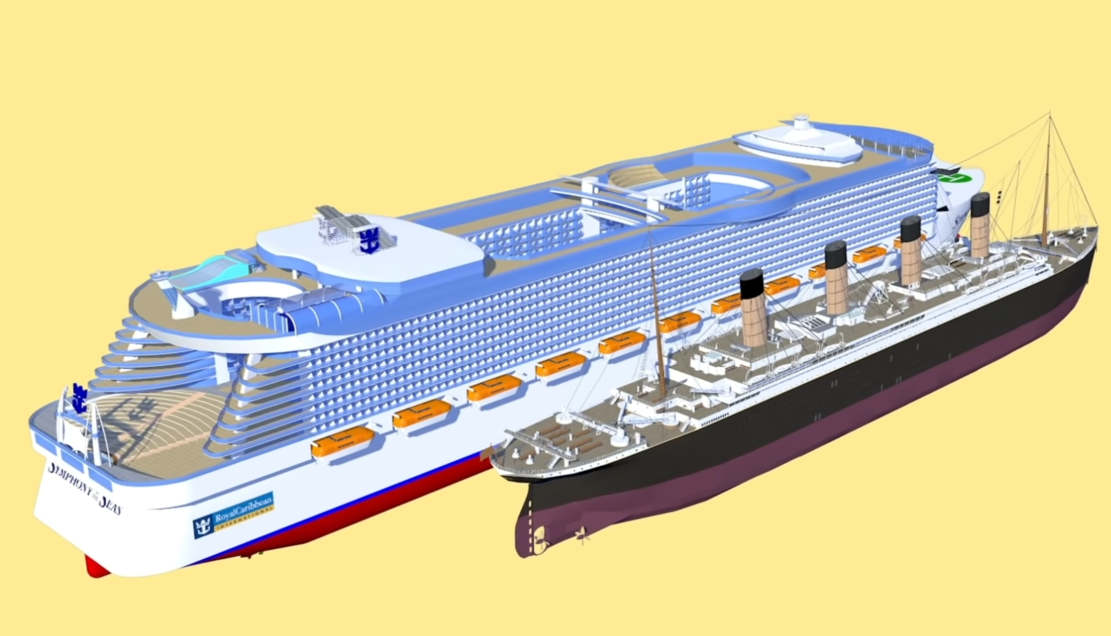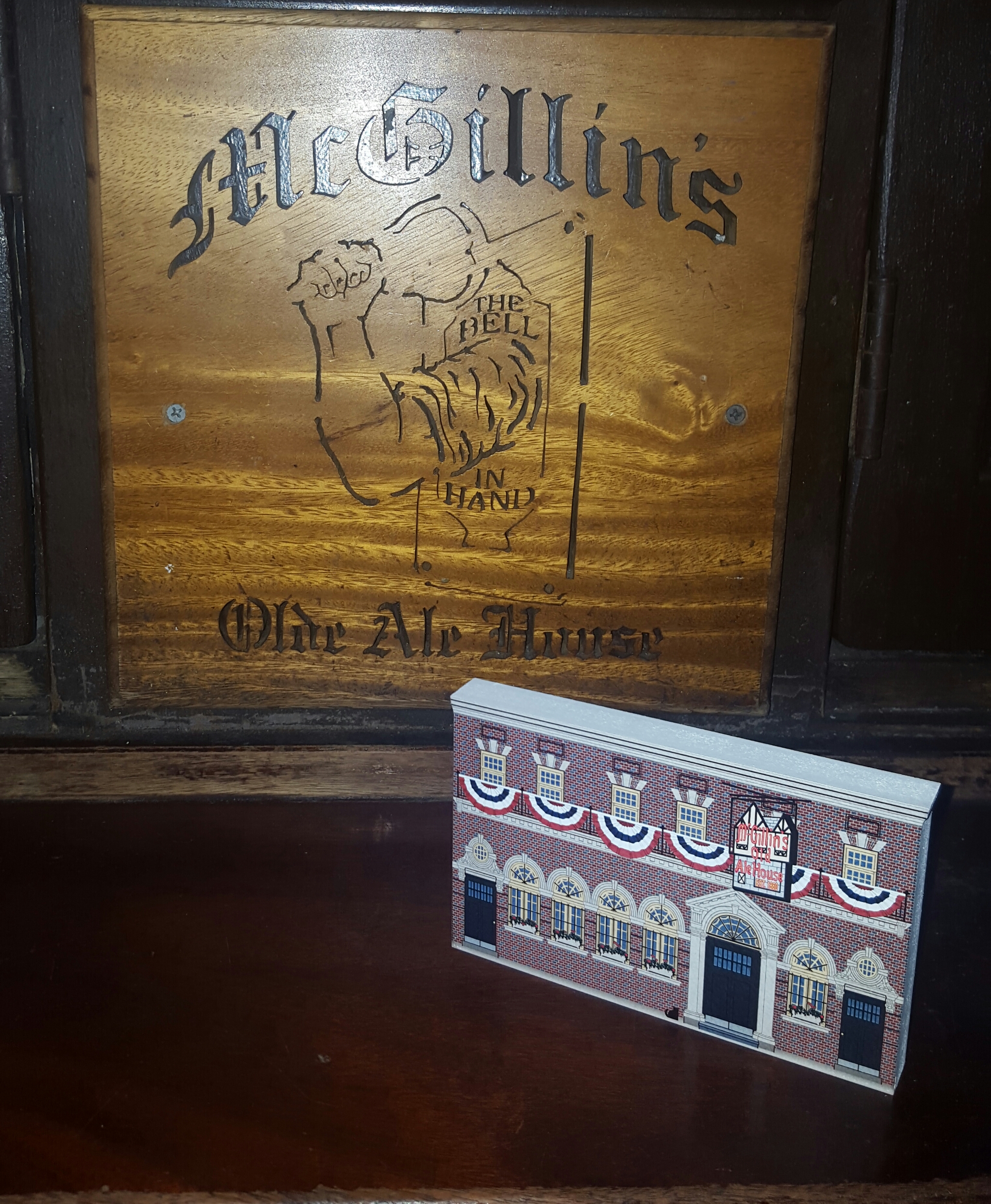Table Of Content

And onboard Emerald Azzurra, there's a watersports platform and a whole deck dedicated to health and wellness, and a sensational infinity pool, even though it only hosts 100 guests. It is much more costly to travel on a cruise ship because of their luxurious facilities. The original Mauretania was put to cruising during the Great Depression but was ill suited for the warm weather itineraries she was sailing. Passengers cooked in the ship’s interiors, which had been designed for the colder North Atlantic.
Norwegian Cruise Line Reminds Guests of Delayed Embarkation

Known as being more adult-orientated, Cunard does, however, have good facilities for children. Various play zones and children’s clubs keep the younger family members entertained. 40,000 people receive my best cruise tips, insights and guides every week. I create cruise content across YouTube, this website and my social accounts, all with the aim of helping you to find, and take your perfect cruise. I took my first cruise when I was 11 and I’ve been hooked ever since. For guests who had paid for the cheapest tickets, the journey didn’t include many extras and really was just a way to get from A to B.
Ocean Liners in History
Cruise ships offer a dizzying array of destinations and itineraries, often island-hopping or making scenic coastal voyages. Cruise ships are not bound to rigid routes and can explore different ports and regions. The itineraries enhance passengers’ sense of adventure and exploration.
What is the route of the ocean liner RMS Queen Mary 2?
Another example is the MV Bulgaria, a Russian cruise ship that sank in the Volga River in 2011 due to overcrowding and poor maintenance, killing 122 people. Many other shipping companies soon followed the Great Western Steamship Company’s lead. Regular passenger service to all corners of the world was a well-established global industry by 1900. Whether immigrants making their way to the United States or Australia or socialites heading to Europe for a grand tour, ocean liners were the only way to cross. Generally speaking, ocean liners are designed to transport passengers and/or cargo on a fixed route from one point to another, with stops along the way like a city bus. They’re primarily used as a means of transportation and run on a set schedule.
Today’s passengers prefer vessels that offer a variety of thrills, experiences, and amenities. The romance of traversing the sea in an elegant, purpose-built ocean liner has taken a backseat to the allure of a vacation that starts the moment one steps aboard a cruise ship. The Queen Mary 2 is a majestic relic of the days when ocean liners ruled the seas. As the world’s last ocean liner in active passenger service, QM2 represents a bridge between maritime history and modern-day sea travel.
Iconic Ship Hotel Once Again Ready to Receive Guests - Cruise Hive
Iconic Ship Hotel Once Again Ready to Receive Guests.
Posted: Tue, 09 May 2023 07:00:00 GMT [source]
Ocean Liners and Cruise Ships: What’s the Difference?
As we dock at the end of our comprehensive guide to ocean liners, we reflect on the remarkable journey these majestic vessels have taken through history and into the hearts of travelers worldwide. Contemporary ocean liners are marvels of modern engineering, designed to provide maximum comfort and safety. From distinguishing ocean liners from ships to exploring their rich history and contemporary grandeur, we’ll navigate through the evolution, experiences, and future of ocean voyaging. As you cross the Atlantic Ocean, the Queen Mary 2 passenger ship and its sister ship Queen Elizabeth is a very different experience from most cruise ships.
On the Titanic, first-class passengers enjoyed luxurious amenities, including a gymnasium, a heated swimming pool, a Turkish bath, a squash court, and a lavish library. Those in second class had access to comfortable lounges, a library, and spacious dining rooms, where they could enjoy good meals and participate in games or musical programs. Third-class passengers, though more limited in options, still found enjoyment in their designated smoking and common rooms where they could socialize and play games. In 1912, the Titanic received iceberg warnings but lacked the technology needed to accurately map their locations in real time.
Traditional Ocean Liners
The facilities on big ocean vessels rival those of enormous resort hotels. You might find carousels, waterslides, and expansive kids’ clubs on the world's largest cruise ships — particularly from the likes of Disney Cruise Line, Royal Caribbean, and Carnival. Now, let’s explore the unique features and characteristics of ocean liners and cruise ships in more detail.

Deep drafts allow them to be more stable while still being designed for speed. Several liners have left an indelible mark on history, symbolizing the zenith of ocean travel. With advancements in technology, these vessels became larger, faster, and more luxurious, catering to the wealthy who sought comfort and status in their travels.
This is a day you spend travelling between destinations and enjoying the ship’s facilities. And if you’re on a mega ocean liner, there will be plenty to keep you occupied. Smaller river cruise ships can also have amazing facilities, even if they're not as all-singing, all-dancing as their ocean-going counterparts. While the outward-facing staterooms on river ships are undoubtedly a plus for river cruises, the choice of staterooms on ocean liners is unrivalled. Budget-friendly inside staterooms may be small and simple, but as you work through upgrade options, things get much more exciting. Oceanliners are designed to travel from one point to another with passengers or cargo or mail.
By the early 1960s, construction of new ocean liners for the Atlantic run had all but come to a halt. World War Two led to the rapid development of aviation technology, and not long after the war was over, jet powered airliners were able to cross the Atlantic with passengers. Despite the hesitation, it wasn't long before the Atlantic was filled with steam ships running scheduled service between ports on either side of the ocean. People have been crossing oceans regularly since the reunion of the Old World and the New World. But the origin of the ocean liner comes far later with the advent of the steam engine. Until then, traveling across the Atlantic would remain arduous, remarkably dangerous, and most relevant to this topic, unreliable.
However, the likelihood of a modern cruise ship sinking due to an iceberg collision is extremely low. Today’s ships are equipped with advanced radar and sonar systems that help detect icebergs from a great distance, giving them plenty of time to navigate safely. Additionally, cruise ships are built with stronger, more resilient hulls compared to what was available a century ago during the Titanic era. One notable example is the Costa Concordia, which capsized off the coast of Italy in 2012 after hitting an underwater rock.
A longer bow, a thicker hull, and a much higher speed (up to 30 knots) to keep up schedules amidst adverse sea conditions are some traits of an ocean liner. In contrast, cruise ships are designed and constructed in a guest-centric manner with more focus on hotel amenities, pleasure and entertainment. Most of today’s leading cruise lines started with large ocean liners.

No comments:
Post a Comment